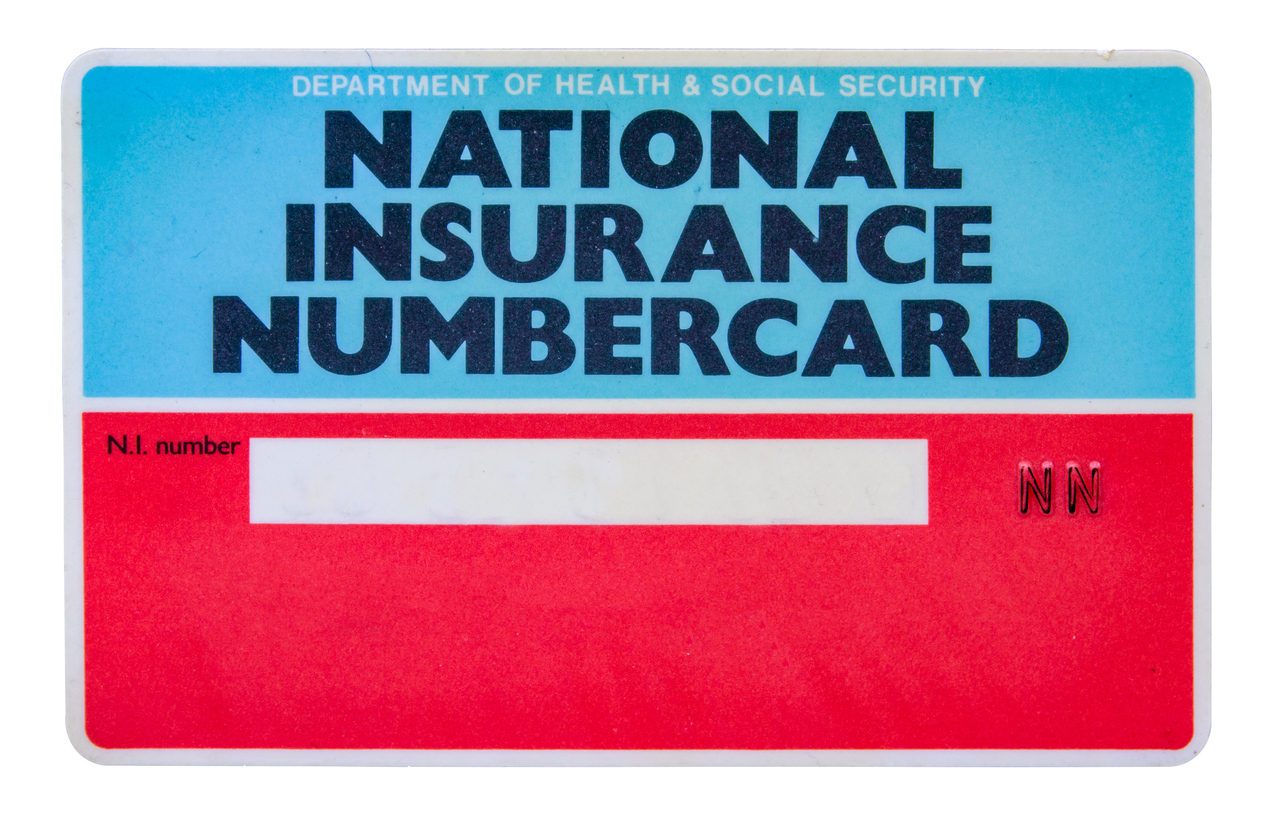
Many parents are now giving early ‘inheritances’ to adult children to help them onto the property ladder or to set up businesses.
Figures from Barclays Wealth suggest the majority of 40-year-olds have already received an ‘inheritance’ from parents – with one in three parents now considering this course of action to support millennial offspring with the cost-of-living crisis.
Parents need to think carefully though about the implications of such generous gifts. While the majority thought their own living standards in retirement would not be affected, this is clearly an important issue to take into account – particularly as half anticipated dipping into pension pots to help children.
Inheritance tax liability
The other major consideration is inheritance tax (IHT). Estates worth £325,000 or more are currently taxed at 40% on death, although no IHT usually applies on assets left to a surviving spouse or civil partner or on the first £325,000 of assets. There is an additional allowance – the residential nil rate band of £175,00. If a couple can both make maximum use of both bands they will be able to pass on a family home worth up to £1 million to children tax-free. The Autumn Statement confirmed a freeze on those thresholds through to April 2028, further eroding values.
However, money or assets given to children while parents are still living can fall outside of the IHT net. Much depends on the size of the gift, and how long the donor subsequently lives for.
Gifting structures
The simplest option is a ‘potentially exempt transfer’ (PET). This can be for any amount, and provided the parent lives a further seven years it is not included within the value of their estate when calculating IHT.
It is also possible to make a ‘chargeable lifetime transfer’ (CLT). This covers, for example, gifts made into most types of trust. If the value of the gift is below the IHT nil-rate band no IHT is due at that point. If the gift is over this level, IHT is paid there and then, albeit at a reduced 20% rate and only on the amount in excess of any exemptions and the nil rate band. If you live for a further seven years – without making further CLTs or PETs – no further IHT is due.
Complications arise though if you make further gifts within a seven-year period, even to different beneficiaries. If you die within seven years of making a PET or CLT, HMRC will also look at any other CLTs made in the seven years before the gift was made — effectively meaning some CLTs can impact your IHT liability for up to 14 years.
This is a complex area needing specialist advice, but as a practical rule of thumb leave at least seven years after making a CLT before making further similar gifts.
If you would like more information on the above, please speak to one of our experienced advisers here.
The Financial Conduct Authority does not regulate tax advice or estate planning. Tax treatment varies according to individual circumstances and is subject to change.





